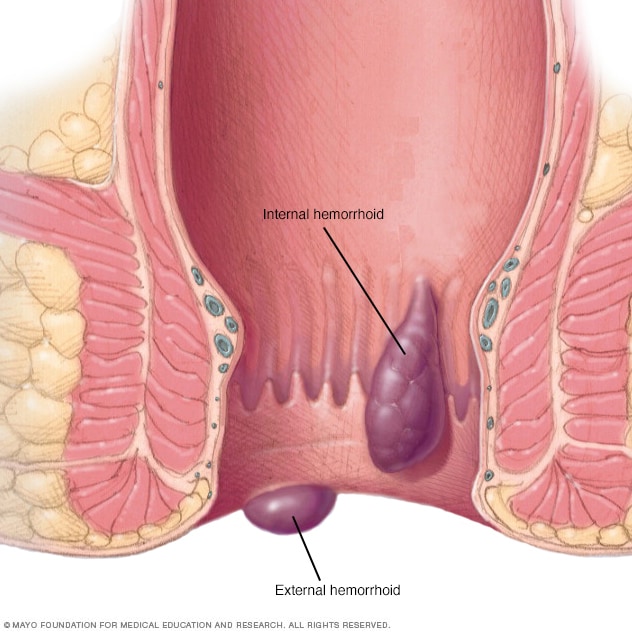- Uncontrolled diabetes
- Gastric surgery with injury to the vagus nerve
- Medications such as narcotics and some antidepressants
- Parkinson’s disease
- Multiple sclerosis
- Rare conditions such as: amyloidosis (deposits of protein fibers in tissues and organs) and scleroderma (a connective tissue disorder that affects the skin, blood vessels, skeletal muscles, and internal organs).
What Are the Symptoms of Gastroparesis?
There are many symptoms of gastroparesis, including:
- Heartburn or GERD
- Nausea
- Vomiting undigested food
- Feeling full quickly when eating
- Abdominal bloating
- Poor appetite and weight loss
- Poor blood sugar control
What Are the Complications of Gastroparesis?
Some of the complications of gastroparesis include:
- Food that stays in the stomach too long can ferment, which can lead to the growth of bacteria.
- Food in the stomach can harden into a solid collection, called a bezoar. Bezoars can cause obstructions in the stomach that keep food from passing into the small intestine.
- People who have both diabetes and gastroparesis may have more difficulty because blood sugar levels rise when food finally leaves the stomach and enters the small intestine, making blood sugar control more of a challenge.
How Is Gastroparesis Diagnosed?
- Barium X-ray : You drink a liquid (barium), which coats the esophagus, stomach, and small intestine and shows up on X-ray. This test is also known as an upper GI (gastrointestinal) series or a barium swallow.
- Radioisotope gastric-emptying scan (gastric scintigraphy): You eat food that contains a very small amount of radioisotope (a radioactive substance), then lie under a scanning machine; if the scan shows that more than 10% of food is still in your stomach 4 hours after eating, you are diagnosed with gastroparesis.
- Gastric manometry: A thin tube that is passed through your mouthand into the stomach measures the stomach’s electrical and muscular activity to determine the rate of digestion.
- Electrogastrography: This test measures electrical activity in the stomach using electrodes placed on the skin.
- The smart pill: This is a small electronic device that is swallowed. It sends back information about how fast it is traveling as it moves through the digestive system.
- Ultrasound : This is an imaging test that uses sound waves to create pictures of body organs. Your doctor may use ultrasound to eliminate other diseases.
- Upper endoscopy : This procedure involves passing a thin tube (endoscope) down the esophagus to examine the lining of the stomach.
What Is the Treatment for Gastroparesis?
Gastroparesis is a chronic (long-lasting) condition. This means that treatment usually doesn’t cure the disease. But there are steps you can take to manage and control the condition.
Some patients may benefit from medications, including:
- Reglan (metoclopramide): You take this drug before eating and it causes the stomach muscles to contract and move food along. Reglan also decreases the incidence of vomiting and nausea. Side effects include diarrhea, drowsiness, anxiety, and, rarely, a serious neurological disorder.
- Erythromycin: This is an antibiotic that also causes stomach contractions and helps move food out. Side effects include diarrhea and development of resistant bacteria from prolonged exposure to the antibiotic.
- Antiemetics: These are drugs that help control nausea.
People who have diabetes should try to control their blood sugar levels to minimize the problems of gastroparesis.
Dietary Modifications for Gastroparesis
One of the best ways to help control the symptoms of gastroparesis is to modify your daily eating habits. For instance, instead of three meals a day, eat six small meals. In this way, there is less food in the stomach; you won’t feel as full, and it will be easier for the food to leave your stomach. Another important factor is the consistency of food; liquids and low residue foods are encouraged (for example, applesauce should replace whole apples with intact skins).
You should also avoid foods that are high in fat (which can slow down digestion) and fiber (which is difficult to digest).
Other Treatment Options for Gastroparesis
In a severe case of gastroparesis, a feeding tube, or jejunostomy tube, may be used. The tube is inserted through the abdomen and into the small intestine during surgery. To feed yourself, put nutrients into the tube, which go directly into the small intestine; this way, they bypass the stomach and get into the bloodstream more quickly.
Using an instrument through a small incision, botulinum toxin (such as Botox) can be injected into the pylorus, the valve that leads from the stomach to the small intestine. This can relax the valve, keeping it open for a longer period of time to allow the stomach to empty.
Another treatment option is intravenous or parenteral nutrition. This is a feeding method in which nutrients go directly into the bloodstream through a catheter placed into a vein in your chest. Parenteral nutrition is intended to be a temporary measure for a severe case of gastroparesis.











